- Learning time
- 30 minutes
- First play time
- 120 minutes
Versailles
Designed by: Andrei Novac
In Versailles players represent rival architects building the eponymous palace – which they must complete before the king, Louis XIV, arrives to judge their work.
The idea that more than one architect would take on the work is not as far-fetched as it first sounds – the real Versailles was expanded in various stages, by various personnel. And as players your job is to build the parts of the palace that will please Louis XIV the most.
The board shows the site Versailles is to be built on in the centre, with various locations around the outside of it. On the board will be your workers, and on your turn you move them around the building site in a clockwise direction, occasionally moving into the centre to construct part of the palace.
The various stopping places generate the supplies you need to build: wood, marble, gold. There are also places to pick up decorations (which must be paid for), add more workers to your crew, and (importantly, in terms of maximising your potential moves on the board) moving up a series of progress tracks, which allow you to make moves on other players turns! Finally you can – you must! – also collect and pay for tiles, which represent the different parts of the palace. You then make a trip to the site to ‘build’ the tile, and score the appropriate points for it.
Play continues until either the palace is built or the King – who has been making stately progress toward the palace – arrives to make his inspection. Points are then added for any resources or decorations in your hand, and the player with most points is the winner.
The guru's verdict
-
Take That!
Take That!
Versailles isn't really a combative game, but it is possible to junk tiles that you know other players want, or build the palace in a way that certain tiles just won't fit into it. In fact as the game closes out there are obviously less and less tiles that will work for a given space.
-
Fidget Factor!
Fidget Factor!
Very little.
-
Brain Burn!
Brain Burn!
It's not a deep game, and although there is room for strategy it's essentially a race.
-
Again Again!
Again Again!
Although there can be a sense of stasis during the endgame when players are either waiting for an appropriate tile to turn up, or waiting for the King to arrive if there isn't one, Versailles does play fast and is relatively easy to understand.

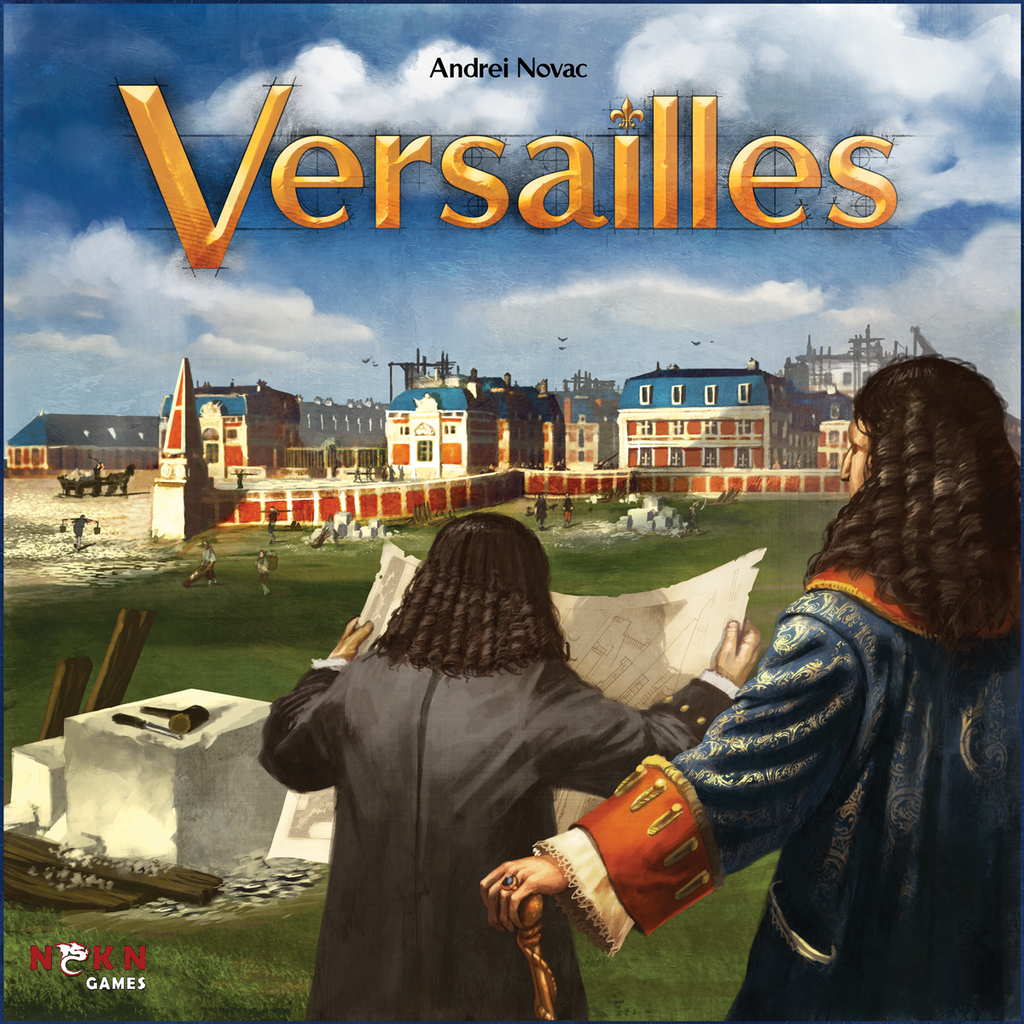
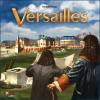
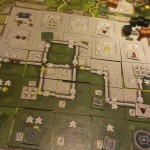
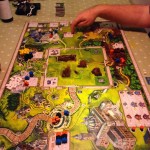

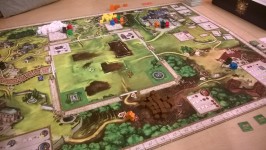
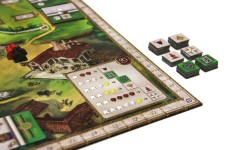
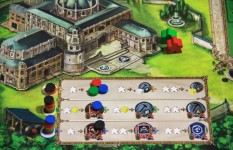



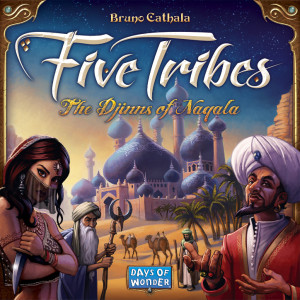
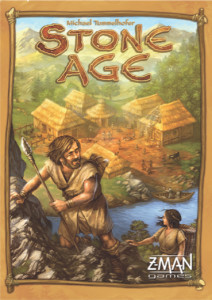

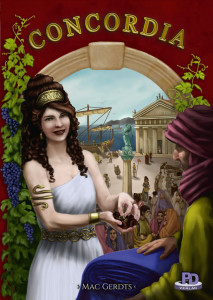
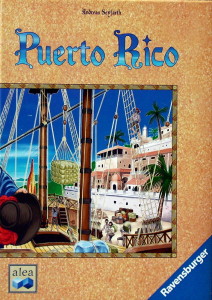
Sam says
Versailles' inherent flaw is that it rarely seems to end neatly. The first three-quarters of the game is like a well-oiled machine once you're familiar with the rules, but the end-game criteria can mean it then treads water for a few rounds whilst players either gather what they need to finish building the palace, or - should there not be a suitable tile available - simply hang around waiting for the King to arrive. As such I think the fun it offers early on is - or can be - compromised by the game's final rounds.